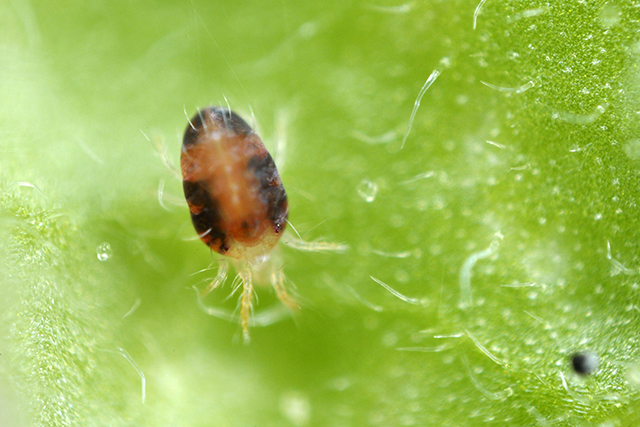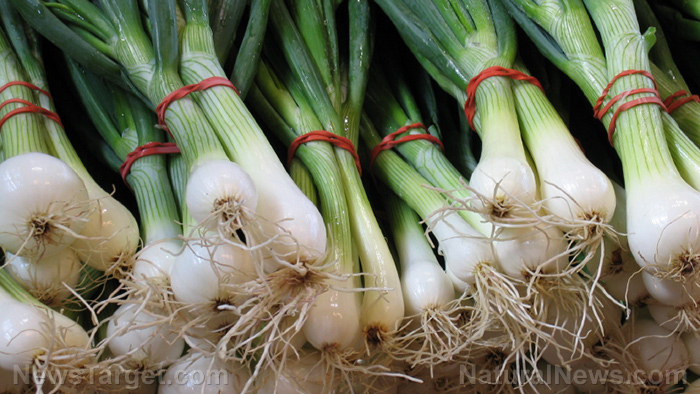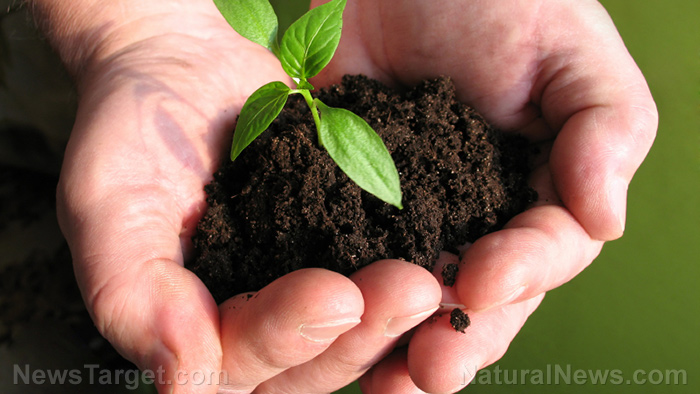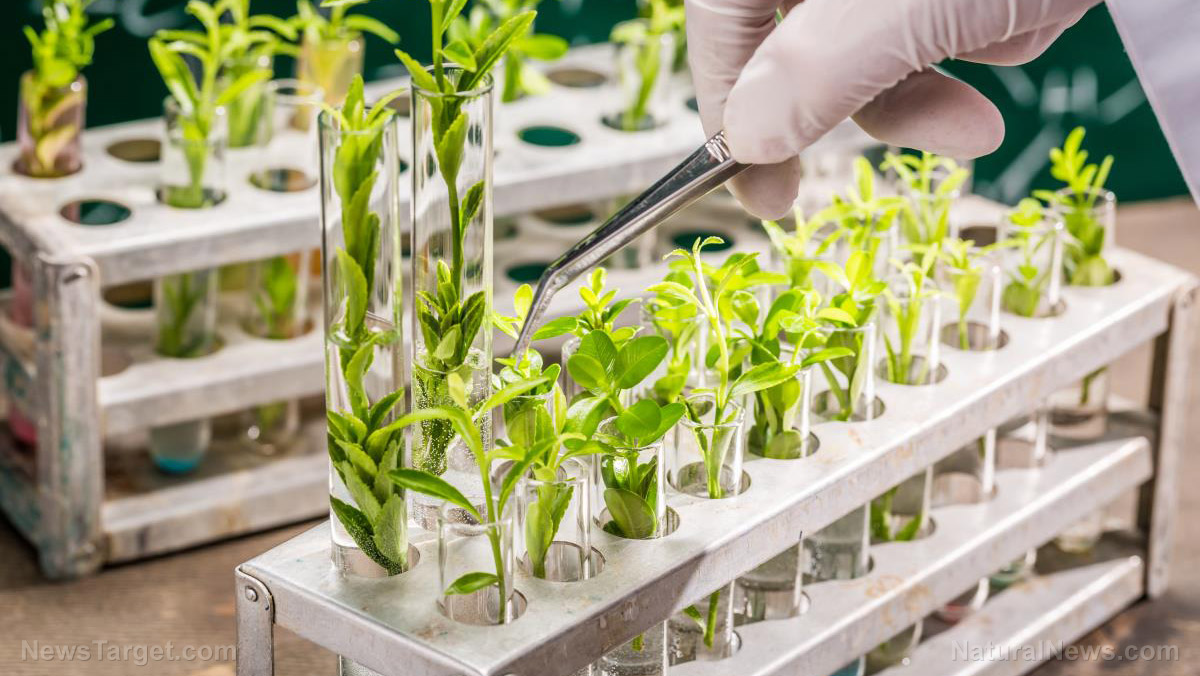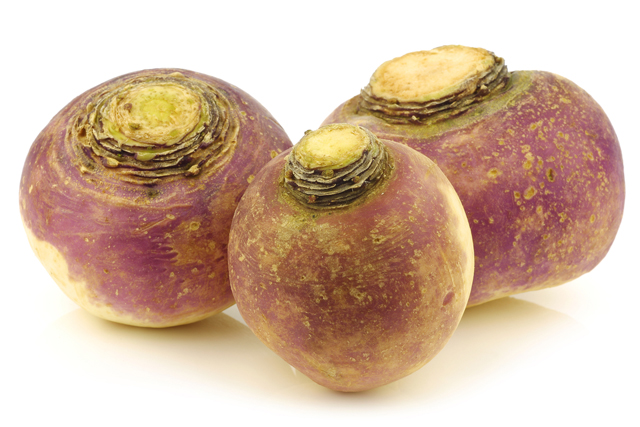10 Earth-friendly hacks for starting your garden this spring
03/27/2017 / By Earl Garcia
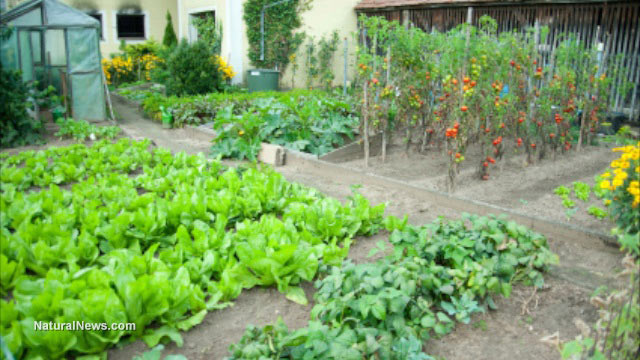
The season provides an opportune time to revitalize your garden, and optimize its space for a more bountiful harvest this year. Television personality and lifestyle guru Martha Stewart shares 10 essential tips to jump start your spring gardening this year.
Revitalize your garden this spring with these easy steps
- Survey the garden – It is important to always start your gardening project by surveying and assessing your yard. Check the yard for tree limbs that need pruning or cabling, especially those that may hamper certain structural functions. Remove mulch from garden beds where bulbs were planted before they sprout. Survey the fences, steps, and other pathways for any disrepair caused by the previous winter’s freezing and thawing.
- Get tools and plants ready – Take note of missing tools and order new ones needed for spring gardening. Select new plants to be grown this season. Perennials, shrubs and trees are ideal for spring gardening.
- Mow away – Prepare the mower and the leaf blower to clear the yard. If available, use the right tools to sharpen the mower blades. Install fresh spark plugs and refill the mower with oil. It is also necessary to lubricate the mower’s moving parts when needed. Rid the yard of winter debris, and make note of areas that require reseeding before you start mowing.
- Start trimming – Clip dead, damaged, and diseased twigs and branches from woody plants. It is also essential that you trim summer-blooming shrubs including hydrangeas, butterfly bush, and most roses. Trees damaged by the cold should be pruned after plants resume their growth. Spring-blooming shrubs and trees should be trimmed after flowering.
- Get your soil tested – Take several soil samples from different parts of the yard. Use a home soil-test kit to accurately test the garden soil’s pH. Add the necessary ingredients to help the soil attain a healthy pH. Dolomitic lime can help raise the soil’s pH level, while elemental sulfur on the other hand can lower it.
- Make new beds – Prepare a new set of garden beds by clearing the yard of unnecessary dirt, weed and debris. Spread a thick layer soil amendments — including compost, well-rotten manure or others — to about four inches. Till the soil at about 10 to 12 inches deep using a spading fork. An article from the WUSA9 suggests that a combination of lemon juice and vinegar could effectively kill weeds, while coffee and tea grounds make for good soil amendment.
- Start planting – This season calls for bare-root trees, shrubs, and perennials. Commence planting under favorable weather condition. Container-grown plants can be transferred anytime during the growing season, but never during midsummer. Water the plants thoroughly. Spring would also be an ideal season to plant cool-season flowers and vegetables. Insect-repelling plants such as garlic and onion may help keep insects at bay, the WUSA article stated. Water plants in the early morning or dusk to save on water supply, the article added.
- Apply fertilizer – Your soil-test results should determine the appropriate fertilizer, fish emulsion or any other amendments that your garden requires. Apply these amendments around trees and shrubs when new growth appears.
- Compost essentials – Begin collecting plant debris and leaves for the compost pile. You may chop them up to speed decomposition. It is important to note that both brown and green materials should be equal in quantity.
- Disinfect bird baths and feeders – Birds are essential for your garden’s growth. Clean bird baths and feeders using a weak bleach solution, then rinse thoroughly and dry.
Sources:
Tagged Under: gardening, gardening tips, spring






